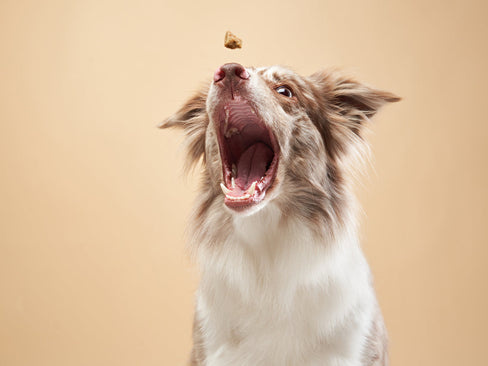Table Of Contents

Dog Elbow Dysplasia - Top Prevention & Treatment Tips
-
By Colin Brooks
 Learn More
Learn MoreColin grew up in an animal-centric and animal-loving household with cats, dogs and horses among other pets. Never without a dog in his life, canines and the unique bond that these animals offer became his passion. Colin considers his dog Sabah, a lifestyle dog. Named after a state in Borneo Malaysia, Sabah is always up for an adventure and the two can often be found with Colin’s 6 year old daughter exploring new hiking trails, kayaking lakes and rivers and enjoying nature and the outdoors.
Related Posts

Antioxidants for Dogs: Benefits, Foods & Supplements
Discover the best antioxidants for dogs. Learn their benefits, top foods, and supplements to boost immunity, support eyes, fight aging,...

Chews Your Adventure: Best Dog Joint Chews for Happy, Healthy Joints
Discover the best dog joint chews to keep your pup active and comfortable. Learn how ingredients like glucosamine, chondroitin, MSM,...

Cat Joint Health: Foods vs. Supplements
Cats are masters at hiding discomfort, which makes maintaining joint health a critical, but often overlooked, aspect of their overall...








